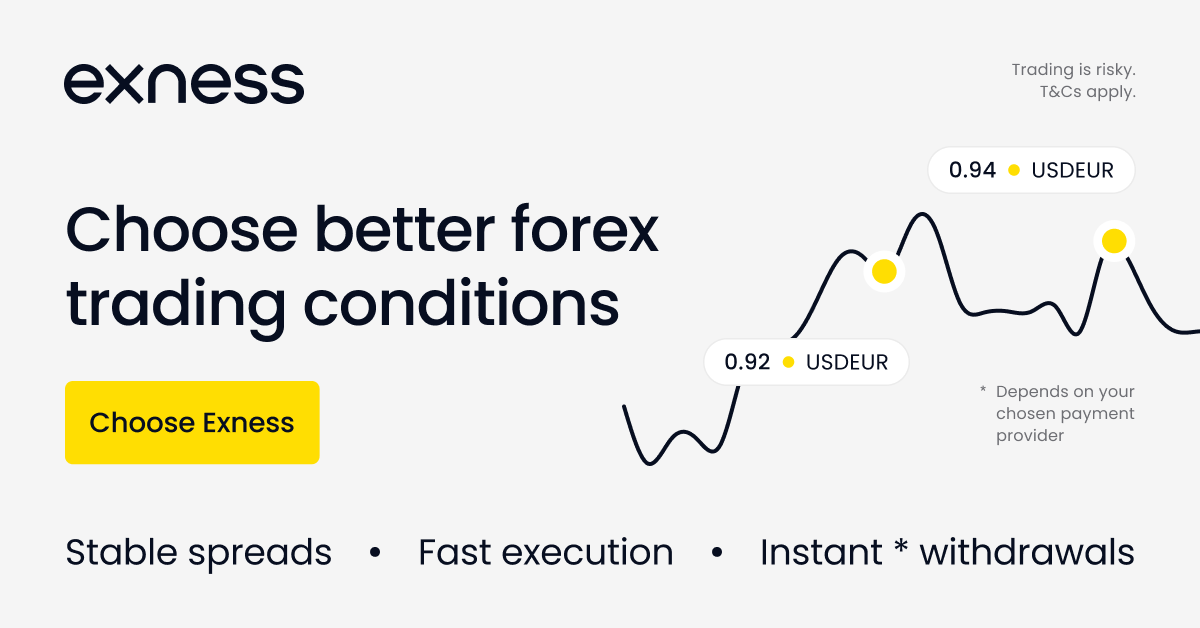Understanding the Basics of Forex Trading
Forex trading, or foreign exchange trading, involves buying and selling currencies in the global marketplace. As the largest financial market in the world, the forex market boasts a daily trading volume of over $6 trillion, offering ample opportunities for traders.
What is Forex Trading?
Forex trading is the act of exchanging one currency for another. Currencies are traded in pairs, such as EUR/USD (Euro/US Dollar) or GBP/JPY (British Pound/Japanese Yen). Traders speculate on the price movements of these currency pairs, aiming to profit from fluctuations in exchange rates.
The Role of Forex Analysis
To succeed in Forex trading, understanding forex analysis is crucial. Forex analysis involves studying market conditions, economic indicators, and political events to predict currency price movements. There are two main types of forex analysis:
Technical Analysis: This method focuses on historical price data and chart patterns to forecast future price movements. Traders use various tools and indicators, such as moving averages and relative strength index (RSI), to identify potential trading opportunities.
Fundamental Analysis: This approach examines economic fundamentals and news events that can impact currency prices. Key factors include interest rates, inflation, and GDP growth. By staying informed about global economic conditions, traders can make more informed decisions.
Utilizing Forex Signals
Forex signals play a vital role in helping traders make decisions. Forex signals are trade recommendations generated by experienced analysts or automated trading systems. These signals provide insights into potential trading opportunities, including entry and exit points, stop-loss levels, and take-profit targets. By following reliable forex signals, traders can enhance their trading strategies and improve their chances of success.
Strategies for Successful Forex Trading
To thrive in forex trading, it's essential to develop and implement effective trading strategies. Here are some popular strategies:
Scalping: This strategy involves making multiple quick trades to capture small price movements. Scalpers aim to profit from short-term fluctuations and often trade on lower time frames, such as one-minute or five-minute charts.
Day Trading: Day traders open and close positions within the same trading day, avoiding overnight risk. This strategy requires a good understanding of forex analysis and the ability to act swiftly on forex signals.
Swing Trading: Swing traders hold positions for several days or weeks, capitalizing on medium-term price trends. This strategy relies on both technical and fundamental analysis to identify potential entry and exit points.
Position Trading: Position traders take a long-term approach, holding positions for months or even years. This strategy is based on fundamental analysis and aims to profit from significant economic trends and events.
By combining comprehensive forex analysis, utilizing forex signals, and implementing robust trading strategies, traders can navigate the dynamic forex market and achieve consistent success.








